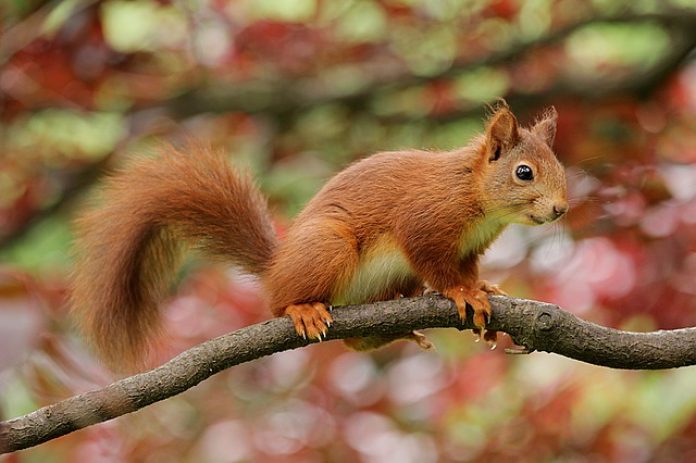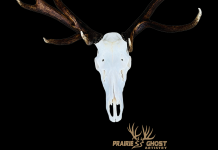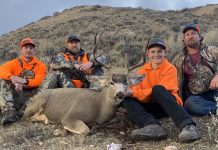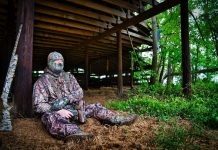I’d be willing to bet that just about all of us who are hunters, or at least, self-identify as hunters. (see what I did there?) We probably got our start hunting small game. We were likely pretty young and were using small caliber or gauge firearms under the watchful eye of our elders.
Now, this may not be how everyone got their start in hunting. As our ranks are now swelling with younger adults on up to thirty-somethings who have never hunted before. They may have come from a family that did not support hunting. Perhaps an indifferent family who happened to be in a more urban landscape which made hunting much more inconvenient or difficult. Many of these new hunters are women who may or may not have come from hunting families but who have only recently become interested in the practice. Either way, it’s all good news for the hunting community.
All of these new hunters entering the field have blown a breath of new life into the age-old practice of small game hunting. You see, these new hunters also need a place to start. However, this is not to imply that small game hunting is only for the young or newly initiated!
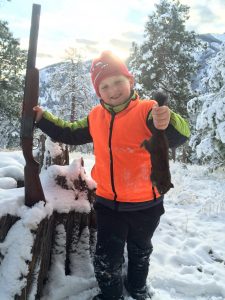
Depending on what part of the country you are hunting, the varieties of game can be as diverse as our hunting fields are becoming. (See, I did it again!). In many places, squirrels are the chief small game. There are several types that are commonly hunted but the Fox, Grey, and Red (known as “pine squirrels” in the Northwest) are the most common. The Southwestern Albert’s Squirrel not very far behind. Melanistic examples are very highly regarded trophies in some places.
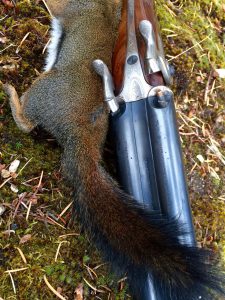
There are many sportsmen and sportswomen who also classify grouse and other upland game birds as small game. This is done because in some locales they are not hunted in typical upland game bird fashion and are instead hunted like any other typical small game quarry. Suffice it to say that there are people who do it and so it must be mentioned if this article is to paint the whole picture for the uninitiated. The most common version of this would be the hunting of mountain grouse in the Rockies with pistols and small caliber rifles. They are often taken on the ground and without the aid of hunting dogs.
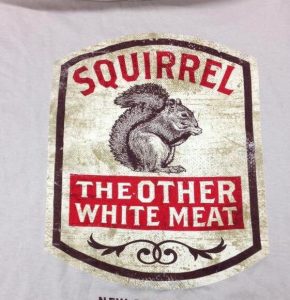
The title of this article mentions the word “safari”. Yes, I’m aware that Safari is not a word that people readily associate with small game. However, many locations have several species of small game animals that live in close proximity to each other. On a dedicated small game hunt, a hunter could take a quite diverse bag of game.
This will vary by region, but let’s use Colorado as an example. An enterprising and eager hunter could begin early in the morning on the Eastern plains and be shooting prairie dogs and Cottontail rabbits. Then drive west into the Ponderosa Pines of the lower slopes just West of the foothills and hunt Albert’s squirrels. From there one could keep going West until they were above the tree line and into the tundra where ptarmigan and marmots can be hunted. Finally, one could drop down into the high desert of the Western Slope and hunt Jackrabbits. Yes, this would make for a long day, but if it doesn’t deserve the name “Safari”, then I don’t know what does.
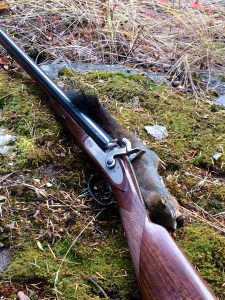
My discovery of the fun of using these “alternate” arms to hunt small game also had the added benefit of my discovering them at about the time my son was old enough to begin to accompany me.
Some of the fondest memories that I’ll ever make in the hunting fields have come from this revelation and practice. There is nothing like seeing the excitement in his eyes when a squirrel barks at us, unseen, from the trees. I highly encourage you to get out there and make some of these wonderful memories of your own!


